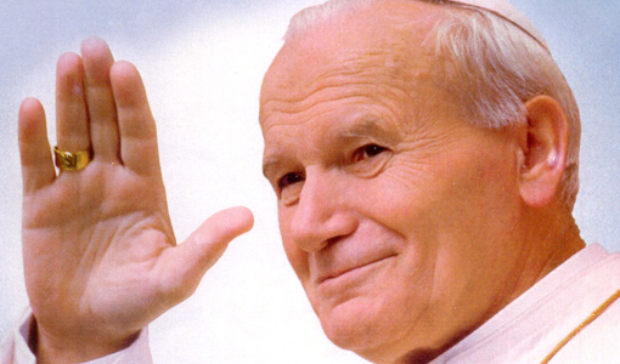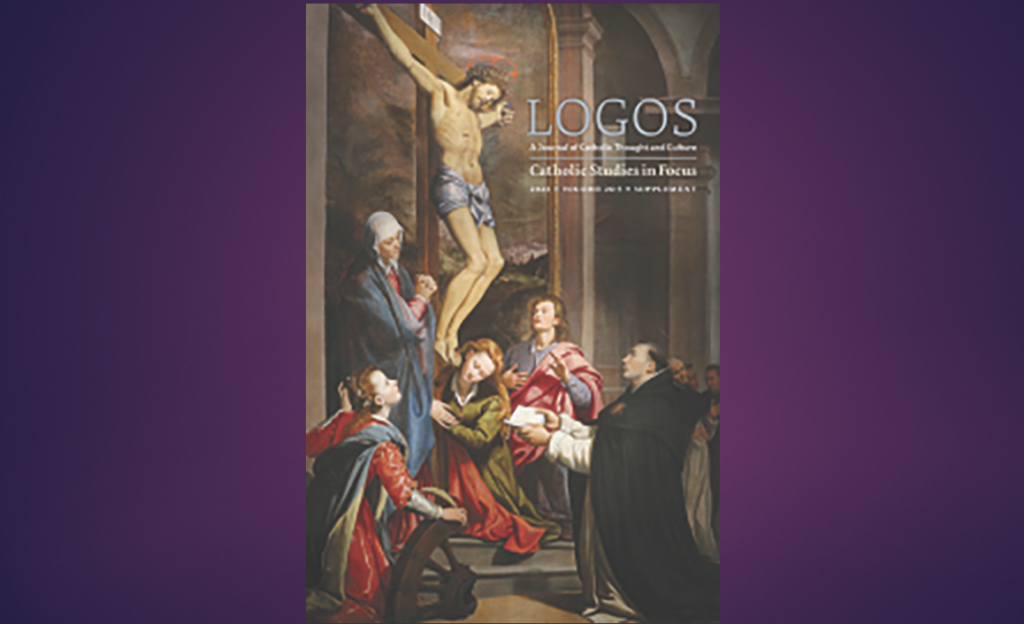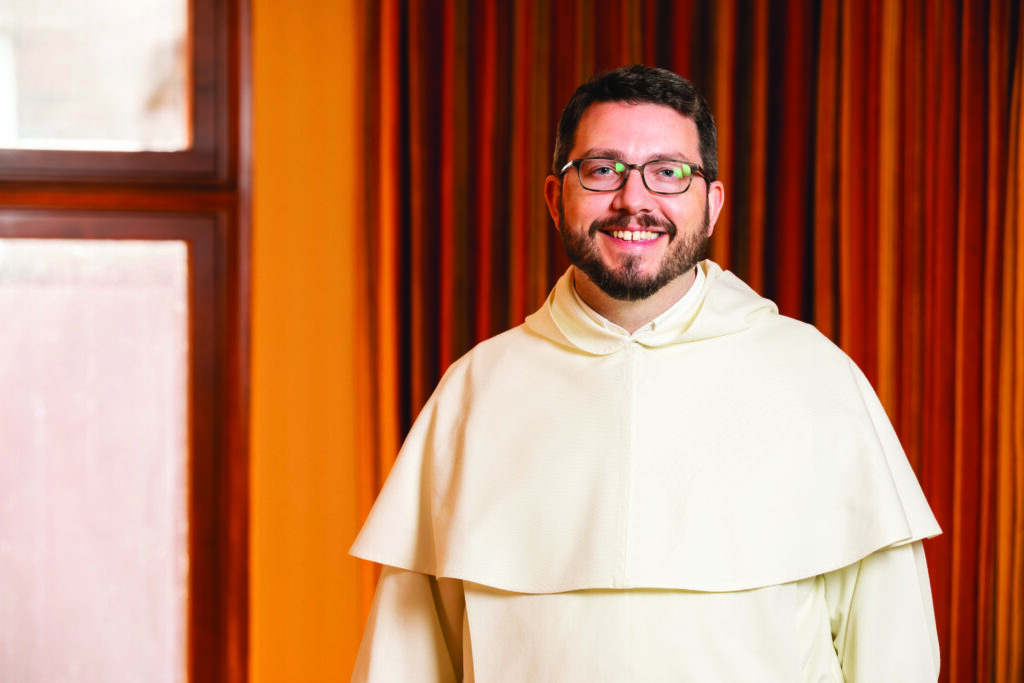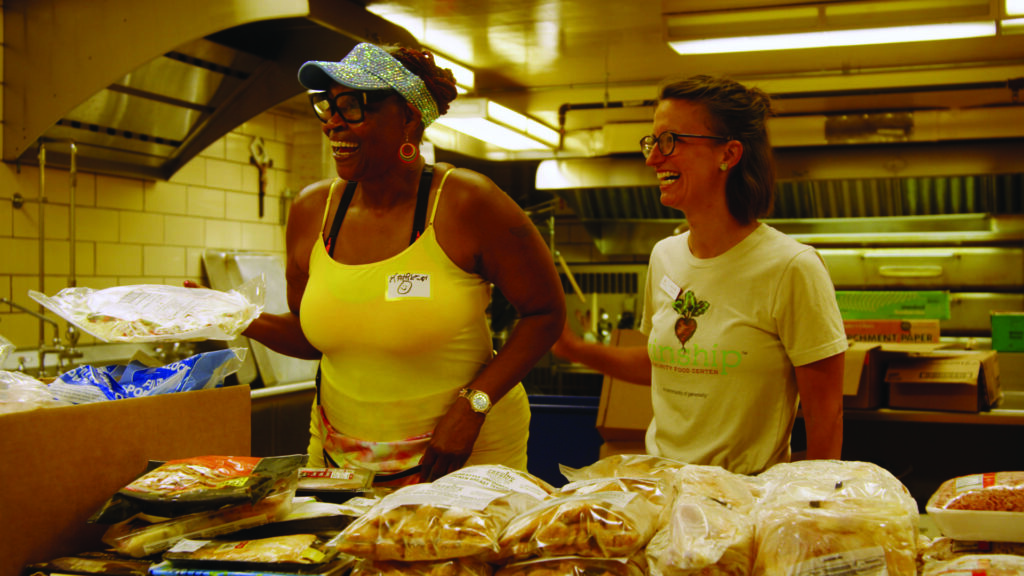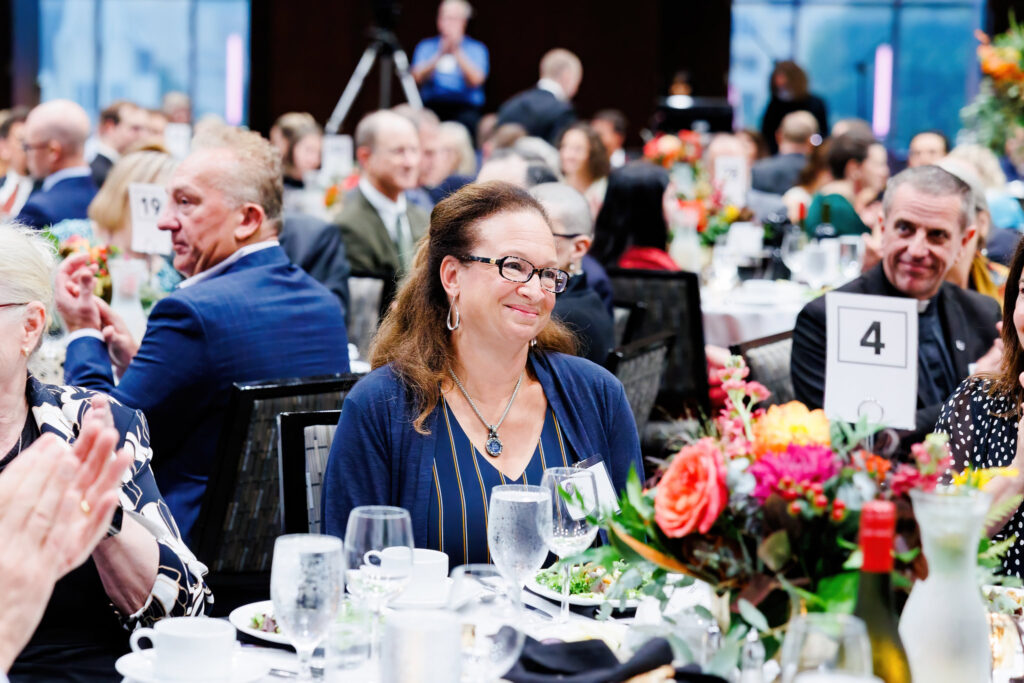On Friday, April 1, it became clear that this was the Pope’s final illness. Many students were out of town, traveling during the second week of their two-week break. Many who were here went to St. Peter’s Square to pray. Several students were still on their way back to Rome when the Holy Father died.
Waiting to Say GoodbyeThe pope’s body could be viewed by the public starting Monday evening. The basilica was closed only from 2 to 5 a.m. Some students left in the middle of the night to wait in line. They had a five-hour wait. Others waited until early Tuesday morning and were back within two hours.
Best options changed by the hour. A group of students left shortly after 4 a.m. on Wednesday and waited until 4 p.m. One student had to leave the line because of academic commitments after waiting nearly six hours. Providentially, a priest she knew saw her the next evening and got her into line, making her one of the last to view the body before the basilica was closed.
The FuneralFriday classes, as well as much of the rest of ordinary life in the city, were canceled for the funeral. Press estimates on the number of people in Rome varied wildly, but on all accounts there were over 2 million. St. Peter’s Square would not even hold 200,000. But there were other options. Via della Conciliazione, which extends for a half a mile from St. Peter’s Square, was also open, but too far away to see much of the funeral. Screens were set up at Circus Maximus, which holds about 200,000 people, and at major piazzas.
Most students decided to try to attend the funeral. Some left late in the evening, hoping to find a sleeping place close enough to the front of the line to get into St. Peter’s Square when it opened, four hours before the beginning of the funeral. One of those groups had a good view of the entire service. Another group which left at about the same time was unable to get close to St. Peter’s and ended up watching the proceedings on one of the screens set up around town. A third group left about two hours before the start of the funeral. They were able to stand at the edge of St. Peter’s Square.
Some students decided to watch the funeral on television. For some, the uncertainty of actually attending the funeral was an important consideration. Others thought that watching would be more conducive to prayer. Some decided to defer to the thousands who might not have been able to see the body and would have to leave Rome shortly after the funeral.
Learning From His ExampleThroughout the week, journalists interviewed the students. Sometimes the journalists were intrusive. Why would students want to pray, one asked, when they could be talking to a national news organization? He eventually got the point, apologizing and coming back after the students had finished saying their rosary as the Pope lay dying. Others were more sensitive. All gave our students an opportunity to express their love for the only pope they have ever known: a pope whose life and teaching have won respect far beyond his own church.
Dr. Kenneth Kemp, faculty adviser, Catholic Studies in Rome program
